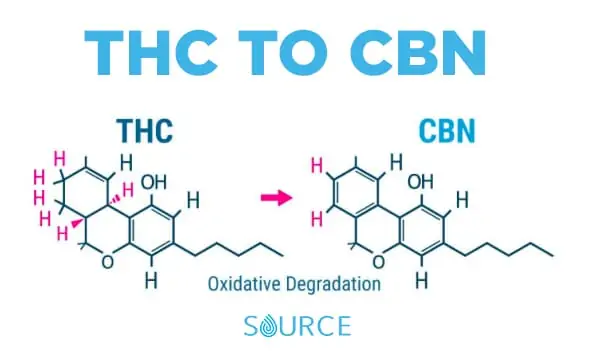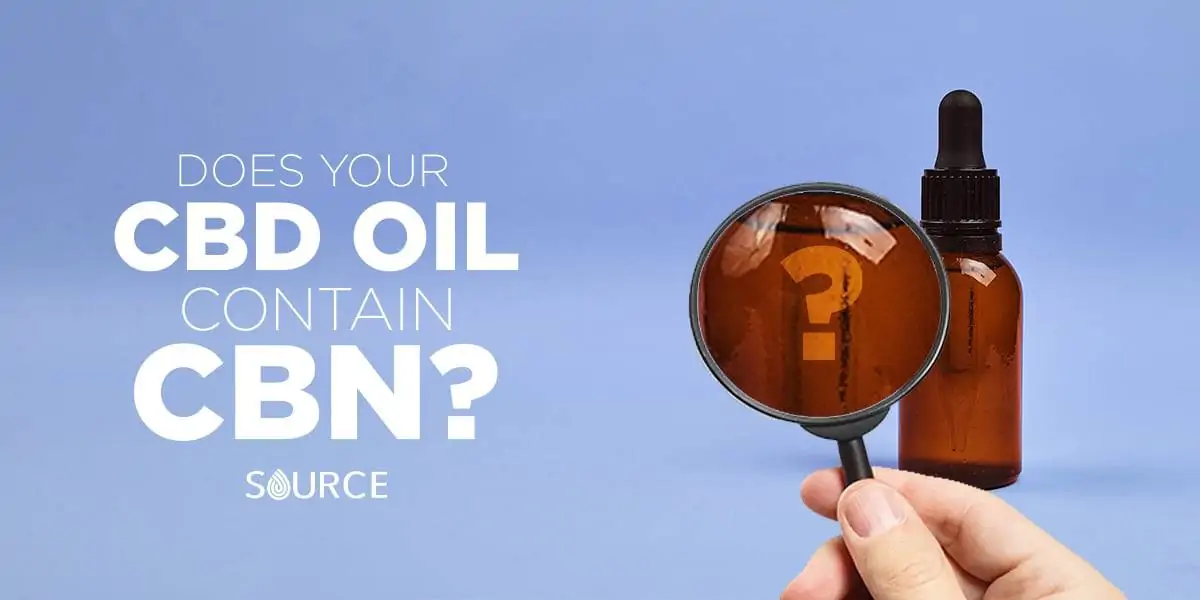CBD Oil News
What is CBN (Cannabinol) & What’s it Good For?
By now, most people have heard about CBD. It is, after all, the highest searched health term on Google.
But, CBD is only one of hundreds of unique cannabinoids found in cannabis. So, what about those other minor cannabinoids, like CBN (cannabinol), each with its own unique properties and potential benefits?
A few weeks ago we wrote about CBG (cannabigerol) to start filling in the gaps. And this week we’re following it up with everything you need to know about CBN.
And, if you have heard of CBN and think it’s nothing special, give me 5 minutes and I bet I can change your mind.
What is CBN?
Like CBD and CBG, CBN (cannabinol) is a natural cannabinoid found in the cannabis plant. It’s a non-intoxicating compound found in the cannabis plant.
In fact, it’s created when THC ages, oxidizes, and the molecules break down, changing the chemical makeup of the plant.
It’s particularly well known for its potential to help with sleep. Sometimes it’s even referred to as the “sleepy cannabinoid in old weed.”
The funny thing is, this sometimes gives it a bad rep. People think it’s old, degraded cannabis that’s been stored, well, not well. That it’s not really good for anything.
We don’t subscribe to this belief at all. We love it for all those other potential benefits we’ve read about.

Potential Benefits
Like CBD and CBG, a CBD with CBN tincture has major potential because of how it interacts with the receptors in the Encocannabinoid System (ES). That’s the fancy (and complex) system that runs throughout your body that makes all cannabinoids so impressive.
Research shows that it acts on some very specific physiological systems, including the:
- brain
- digestive system
- nervous system
- bones
- eyes
There’s also been a lot of discussion about it’s antibacterial properties. Research shows that CBN shows “potent activity against a variety of methicillin-resistant Staphylococcus aureus (MRSA) strains of current clinical relevance.”
One of the coolest things about CBN, though, is that its method of action may be even greater than that of CBD or THC. It’s possible that it can produce a wider variety of effects through channels separate from the CB1 and CB2 receptors.
Expert tip: this is where the entourage effect comes into play. Not sure what that is, or why it’s important? Check this out!
What About CBN as a Sleep Aid?
We mentioned earlier that people often associate CBN with sleep. But what does the research say?
Well, truth be told there hasn’t been much research done on CBN’s sedating effects. That said, there was one study done back in the 1970s, but none of the participants actually reported that it made them feel sleepy.
So why the connection?
It’s probably because it’s found in old cannabis. Older cannabis that’s high in CBN is also high in sedating terpenes. Those terpenes, not the CBN, may be the cause of those sedative effects. And the combo of the THC and the CBN might be the key.
In the study, researchers tested CBN alone, CBN with THC, and THC alone. As mentioned, the CBN didn’t produce any sedating effects. However, the THC produced some drowsiness on its own, and the two combined produced even higher levels of drowsiness. Makes sense when you put it that way, doesn’t it?
Final Thoughts
As we learn more and more about the beneficial cannabinoids in the cannabis plant, it’s hard not to get excited. As a celebrated plant used for thousands of years, it’s neat to see it finally getting the recognition and research it deserves. And we’re sure as more research is done on CBD, more will also be done on CBN!
So, next time you stock up on CBD, make sure to check that Certificate of Analysis and see if there’s any CBN in the bottle!
Stay tuned for more on the minor cannabinoids

